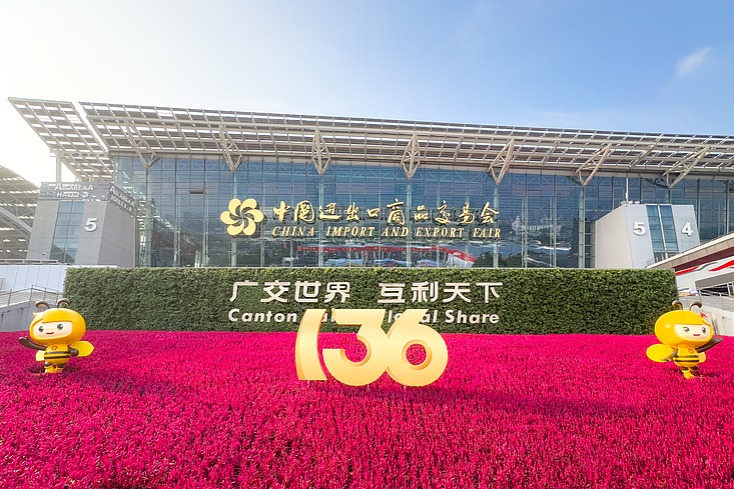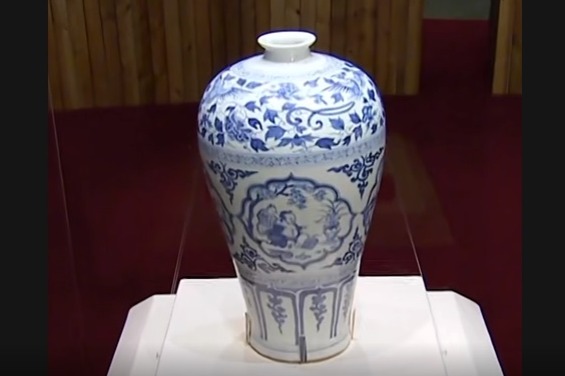Going all out to bring reform to give innovation an effective boost
China Daily | Updated: 2024-04-26 07:46

China's efforts to build itself into an intellectual property power has achieved remarkable success in recent years, with 921,000 invention patents authorized in 2023, up 15.3 percent year-on-year, as shown by data released by the China National Intellectual Property Administration at a news conference on Wednesday.
In the Global Innovatiaon Index 2023 issued by the World Intellectual Property Organization, China had 24 of the world's "top 100 science and technology clusters "by the end of last year, ranking first in the world for the first time. It was also the first time that China became the economy with the most clusters ranked among the top 100, overtaking the 21 clusters of the United States, the index showed.
The industrialization rate of Chinese enterprises' invention patents exceeded 50 percent for the first time in 2023, maintaining growth for five consecutive years. Up to now, more than 1,700 universities and scientific research institutions across the country have registered 914,000 patents, including 636,000 invention patents. Therefore, it remains an important task for them to realize patent transformation and application to realize the patents' potential.
The IPR regulator and other relevant departments previously issued a program aimed at revitalizing patent stocks in universities and research institutions, which has produced marked effects. In the next step, the authorities will continue to accelerate the revitalization of existing patents while making efforts to promote the transformation and commercialization of patents, so as to promote the industrialization of a number of high-value patents, and use cost-effective intellectual property rights to help cultivate and develop new quality productive forces and promote high-quality development.
In order to improve the intellectual property rights protection system, China is speeding up the formulation and introduction of the implementation plan for the construction of the system, to resolve the problems of easy IPR infringements, long period and high costs of IPR protection, and low compensation. This aims to improve the systematization, specialization and facilitation of IPR protection, and foster a better innovation and business environment.
























